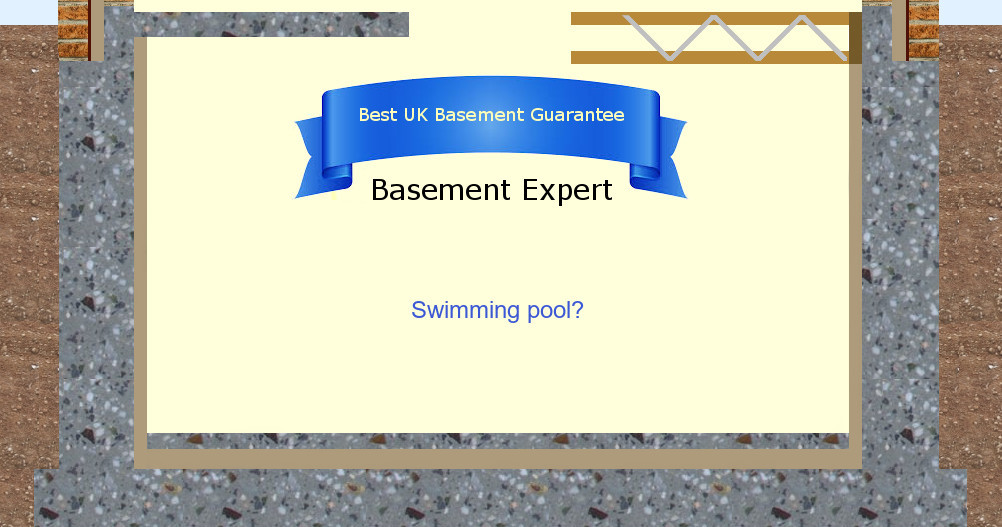|
|
Basement Swimming Pool.
For many years, a lot of people talked about a swimming pool but did not go ahead with one with me.
Generally, I think the extra space and cost for equipment put a pool over budget.
Hiding a pool down in a basement makes sense to some. But will it be a nice space to lay and relax? Or too enclosed?
Would it make far more sense to have your pool in a conservatory at the back of the house? Sunshine. Fresh air.
There seems to be more talk about them today, so here are a few of my thoughts.
The demand for swimming pools increased with Covid and lockdowns. Will it diminish?
Will you really use it?
|
|
|
Two images from Endless Pools. Other resistance pools are available.
This shows a factory-made spa and resistance pool in a conservatory with sunshine and fresh air.
You don't get any sunshine or fresh air in most basements, and a pool makes the air very humid. The humid air means that your ground floor over the pool costs you more to cope with that humidity and not rot any building material, such as plasterboard.
This page is really trying to put you off having a pool in a basement, because the cost is too much more, the enjoyment too much less, and the hassle probably too much to ever complete it and swim in it.
|
|
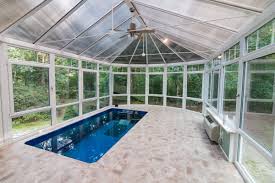
|
I know a couple, whose children grew up and moved out, with a pool they used about 4 times in the beginning then didn't use it for 15 years.
Can you have a pool big enough to have a decent swim or won't it be long enough to exercise in?
Will it be big enough for children to play polo?
Will it be in service before your children have grown up?
Are you happy with only 150cms above your pool and a climb up some steps to get in, or are you insistent that you step down into your pool, which means digging deeper in the first place?
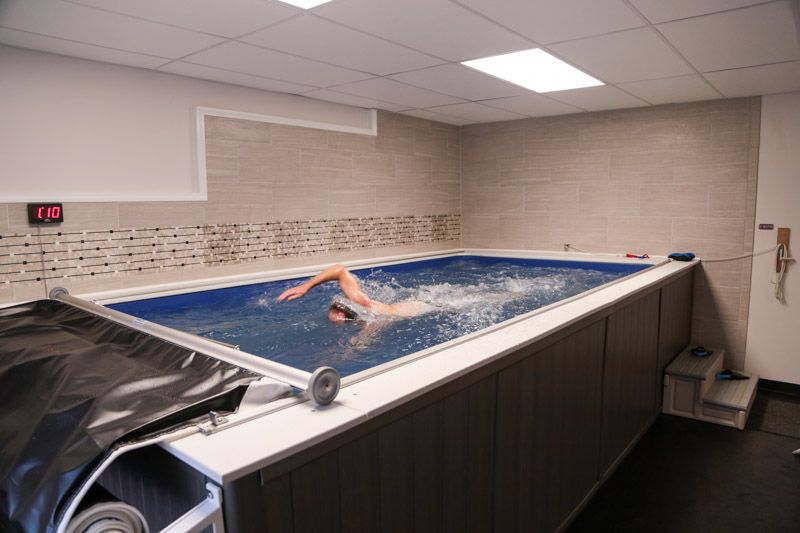
Perhaps you only need a jacuzzi? Or a spa pool that has a current to swim against?
During 2022, one of these pool companies told my client they have a 12 month wait. At Grand Designs 2023, Hydropoolswimspas.com said they have some models ready to go.
Quite often it is tricky excavating for a basement because the neighbour's structure is very close by. Digging even deeper down for a swimming pool can mean very expensive piling to support the neighbour while the excavation is open.
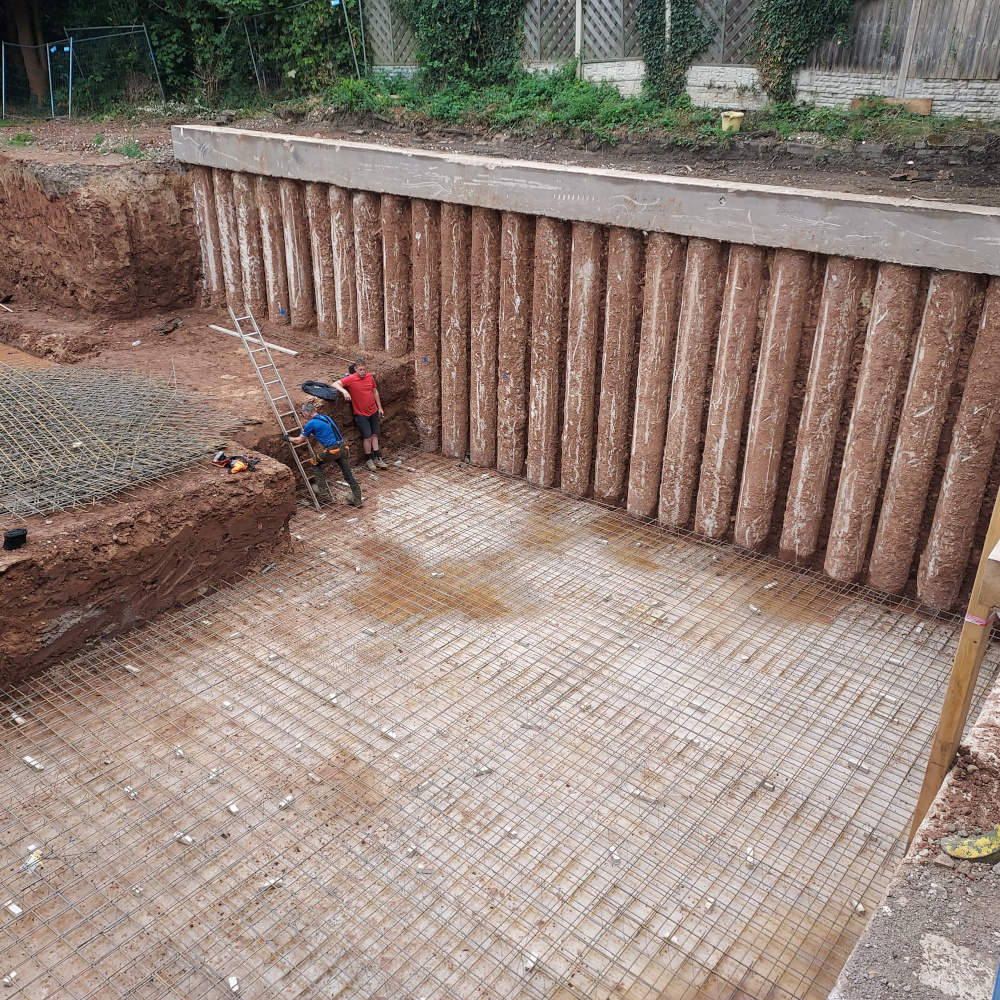
Before building a new pool, there are some choices to make.
|
|
Water level at ground floor level. Swimming pool buried in the ground.
|
Water level at or just above basement floor level. Perhaps the swimming pool has to be extra deep, deeper than the basement. This can get expensive and unsafe depending on working room and the soil stability.
|
|
Factory built and craned in.
|
This might be in a conservatory connected to the house.
|
This might be craned through a hole in the roof covered by a glazed pyramid.
|
|
Separate structure inside the basement.
|
This, apparently, pleases architects and insurers the most because the pool guy cannot blame the basement guy. The basement can be a bit bigger to house all the kit beside the pool beneath the floor level people walk on.
|
|
The basement structure is the pool structure.
|
There must have been some issues because this was very unpopular with the architect and the pool company recently.
|
Having decided how big you would like your pool to be, where it will go and how you will get into it and walk around it, now you need to find pool people to tell you how much equipment you will need and how much space all that needs.
In this image, The retaining wall you see is around the void left for swimming pool equipment. The actual pool wall be cast over the steel bars left sticking up, some with green safety caps.
The concrete floor you see is the actual basement structural floor.
The lip in the edge of the floor will carry beam and block flooring that will just cover the equipment space. There will be a similar lip in the top of the swimming pool wall.
|
|
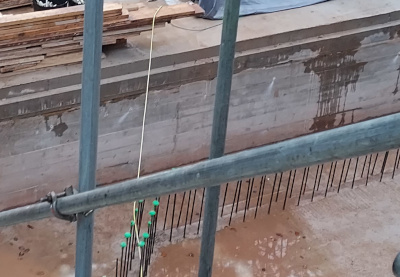
|
Better to kill the idea off early if you cannot afford it.
This is a basement I built during 2022. The pool company's insurer apparently insists that the pool structure is completely independent of the basement structure.
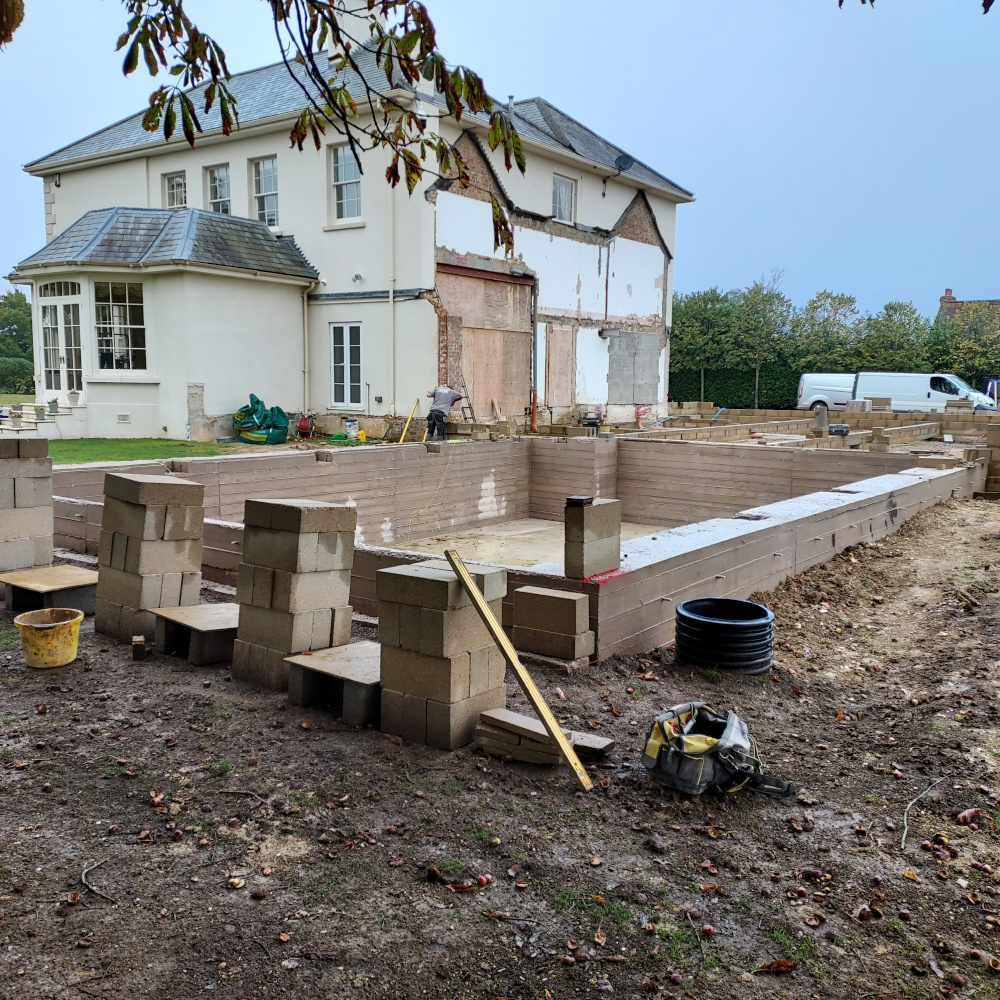
The pool structure is built inside the basement.
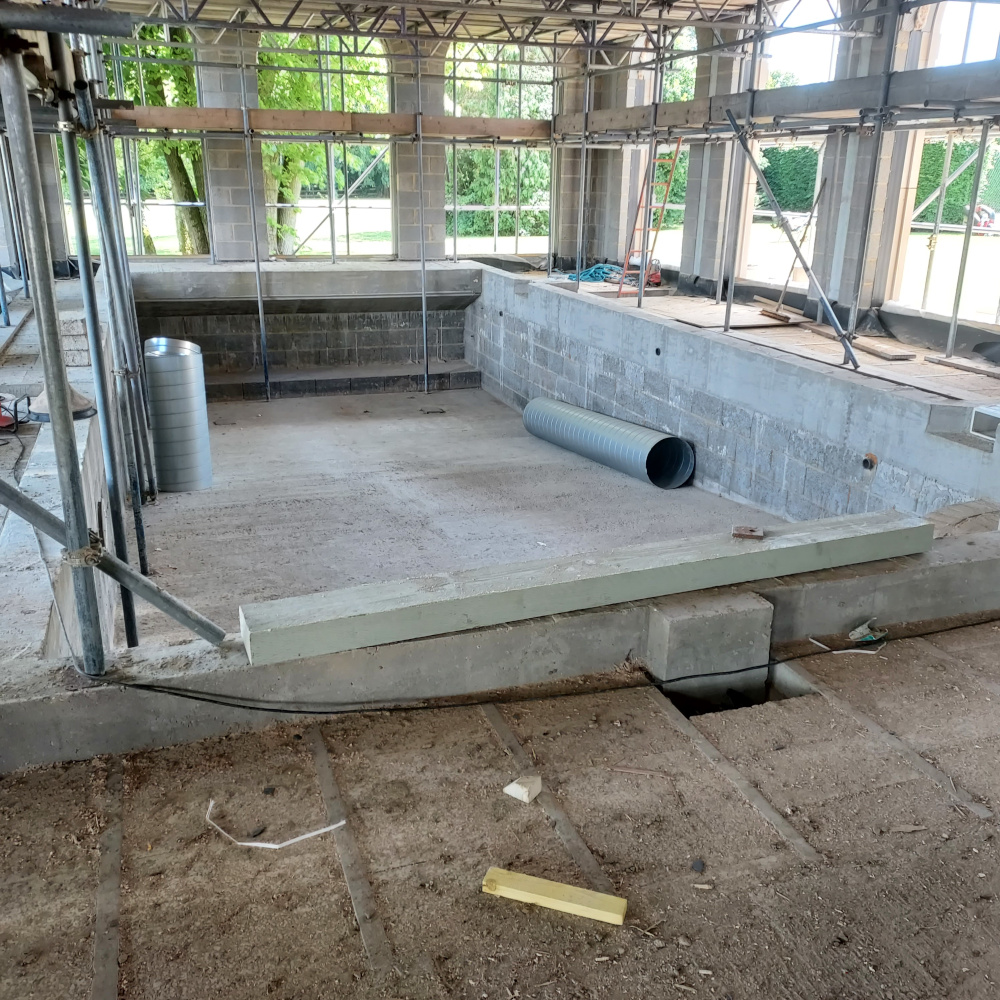
The walking space down either side covers room for equipment.
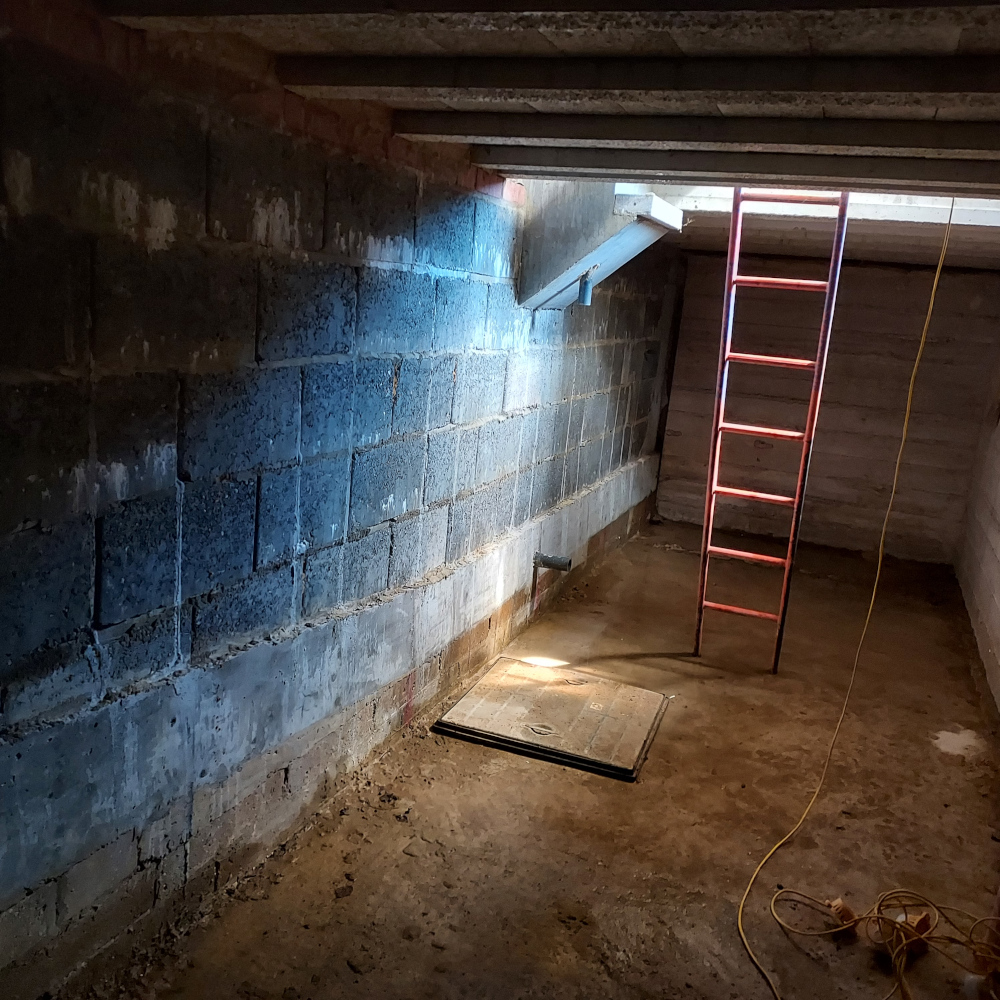
It is wet because the orangery above has no roof nor windows, and the beam and block is not sealed. Rain will end up in the basement spaces until the room is made weathertight.
Update 21st March 2025. Minutes after I sent an email to a new client who would like a pool.
You can see the inspection cover in the image above. And again in the image below.
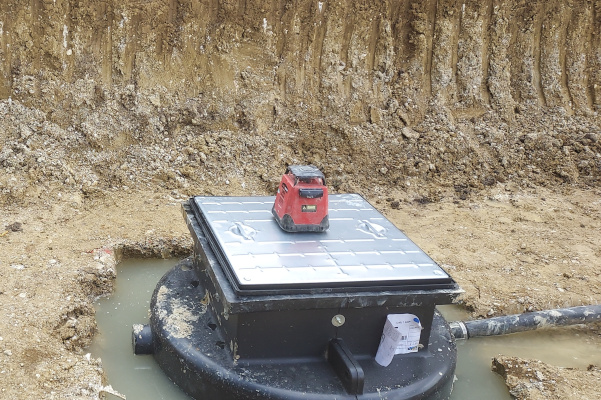
|
|
I cannot remember whether, in May 2022, I wondered how the site manager managed to get the sump down and held down in all that water. Filling it with water and a few rocks would help.
|
There is a pumping chamber because the pool people insisted on it.
What you cannot see, is that the winter water table is half way up my walls.
The sump was chosen because it has two pumps and a big discharge pipe. I didn't put it in. The site manager at the time put it in, then I arrived to build the reinforced concrete over it.
Two years later, the client asked me back. By now, he had a new site manager who said, amongst other things "only the bit you did is in the right place".
The basement was leaking somewhere, but always too wet to know where that was because the windows above weren't yet in and the roof above those wasn't finished either. I spent a week or two cleaning off slopped concrete and mortar and narrowed the leaks down to the sump.
-
The sump was filling up - fast - from a hole in the base.
-
The first site manager got it down in the water by drilling a 10mm hole in it.
-
This was really hard to fix. Mastic guns just failed under the pressure I was squeezing them, as were my hands. I bought a cordless mastic gun and emptied tubes of rapid setting water-leak repair compounds into the hole.
-
Then, with the flow reduced, I drilled some of that compound out and did the same again. Until it stopped.
Only now could I see another leak.
-
The swimming pool people said a big sump and big pumping capacity were necessary, to save all the equipment, in case the pool walls fell down.
-
The square plastic opening of the sump bent in slightly under the pressure of water from the water table. No matter what I did to try to waterproof it, the square sides bent in more and still leaked.
You can see the last bit of waterproof leak repair mastic that oozed out of the hole the first site manager made, and I repaired under pressure of water. I didn't pull it off in case it began leaking again.
|
|
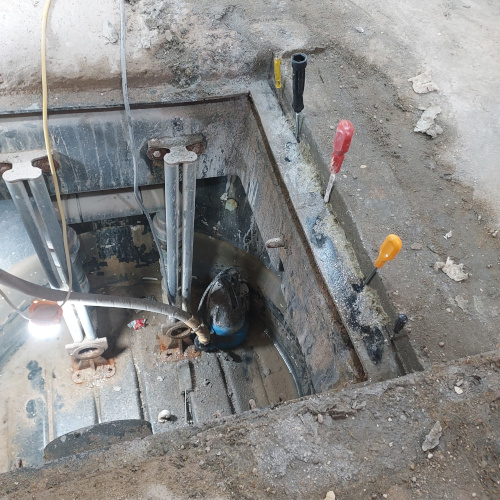
|
I told the client
-
If the pool walls could fail, they need beefing up.
-
The sump needed a round access that could not fail like the square access did.
I met the client and new manager on site. The new manager thought he could buy a standard sump with a round opening and do it without me.
I wrote to the client a few times. The only reply on the subject was that the manager could not find a suitable sump big enough for 2 pumps that would go through the inspection opening.
I offered to put a smaller sump inside, actually a used 60 litre plastic barrel, and concrete it in with a waterproof joint against the original concrete that I would easily be able to repair if it leaked.
I explained that if there was small amount of water, the puddle pump could remove it. If the chamber was flooded, you won't need a sump. Just lower a big pump into the water till it can't remove any more. Then the small pump can get the rest.
But I didn't hear any more, and by now all the windows will be in, and concreting will damage decorative finishes.
I suspect they still have a very expensive hole in the orangery. Or perhaps they filled it in.
Another basement swimming pool that no one will swim in. Because too many cooks spoil the broth.
Back to the Basement Building Questions Answered menu.
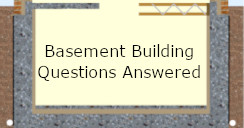
|
Forward to the Basement Building Construction Manual menu.
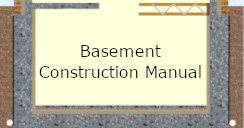
|
For a fixed fee of £199 I will answer all your questions by email. More details here.

|
Previous Page
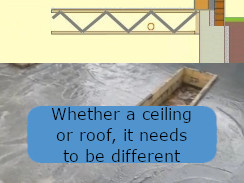
|
|
Next Page
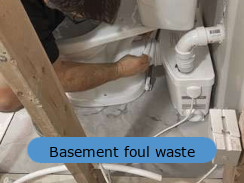
|
|
The Page After That
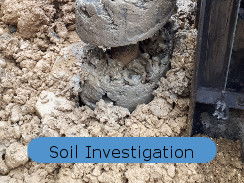
|
|
|
|
